Book Review: The Lost Tarot by Sarah Henstra
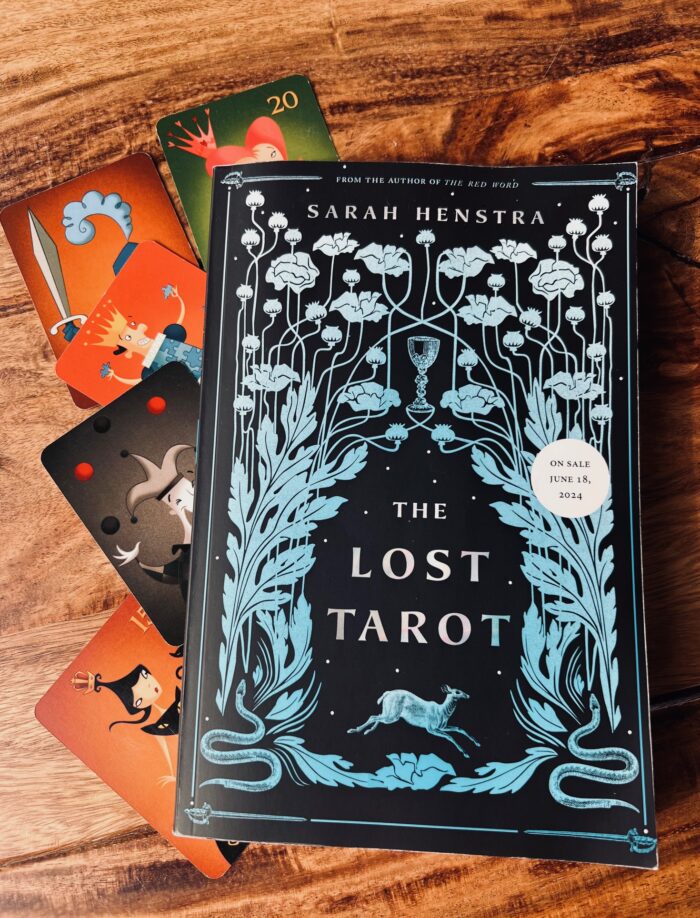
I vaguely recall seeing The Lost Tarot by Sarah Henstra on a summer reading list somewhere in my scrolling, so I figured it would be a light read that’s best done sooner rather than later. Henstra is also an award-winning Canadian author who I hadn’t read before, so her latest release coming out this past June seemed like a good place to start. I know some people are sick of dual timelines in historical fiction, but it worked well in this novel as it drew me closer into the dramatic unfurling of these characters’ lives.
Plot Summary
It’s 1938, and Lark and Nell are adult twins who have just moved from Canada to England to live in a nature commune led by their larger than life Uncle Corvo. Lark is a painter, and Corvo plans on displaying his works in much-anticipated London showings, certain he will find fame. Nell follows Lark everywhere, happy to let him do most of the talking, but always defends his artistic sensibilities, even when he turns violent. Corvo is famous for being the leader of this commune (which is more like a cult) and once there the twins realize that all the members are somewhat high all the time, taking a special tincture together that helps them ‘see’ better. Within the first few pages of the book, we learn that this famous commune ended in disaster, with a giant fire wiping it all out. Sixty years later, Nell sends one of her brother’s paintings to a young art historian in Toronto, Theresa Bateman, who is desperate to find full-time work but overly devoted to her professor and advisor, another charismatic man named Russell Horber. Horber’s academic career has been dedicated to Lark’s paintings, and although Theresa has continued this work and defined her own theories within it, she doesn’t seem to be advancing her own reputation or name. The narrative switches back and forth between Theresa’s present and Nell’s past, telling the story of the commune, the kinship between Nell and Lark, and the fatal fire that ended their relationship.
My Thoughts
This book started off slow for me, simply because it felt like it was a complicated premise with a few competing elements for attention; the paintings, the tarot cards, the history of Uncle Corvo, etc. But once the overall arc was established, I didn’t allow myself to get too caught up in the details and timelines of the characters, instead focusing on their relationships to one another, and the secrets that hid within these interactions. At its heart this book is really about manipulation, and using other people for one’s own ends. In most cases, it is men being propped up by women, and the disservice women do to each other to continue propping up these vibrant, charming men that don’t deserve the attention and accolades they are paid. It’s not until the women draw on their inner strength and confidence that things begin to turn around for them, but arguably, we take the entire narrative to get to that point.
I’ve read a few literary books about artists, their work and their temperaments, the best and most recent example being Tom Rachman’s The Italian Teacher which I reviewed here. There is a scene in the book where Theresa is feeling disillusioned with working with art and academics, but attends a pottery show with a friend. Here, she is so completely drawn into the work that she loses all sense of physicality, and she remembers why she chose this discipline in the first place. It’s a peculiar moment of the book because it not only reveals an important part of Theresa’s personality, but it also puts into words a very otherworldly feeling that only a few people can truly say they identify with. But for those of us who love the arts (in all its different forms), it’s a nice reminder of why we put up with the complications of art, artists and the seemingly obtuse world it sometimes forms around itself. We all deserve to experience that feeling, I think it’s just a matter of which art form will elicit that in each person. Books, paintings, pottery – there are many different art forms that are celebrated in this book, but I appreciated Henstra’s dive into, and eventual resurfacing through their complexities.

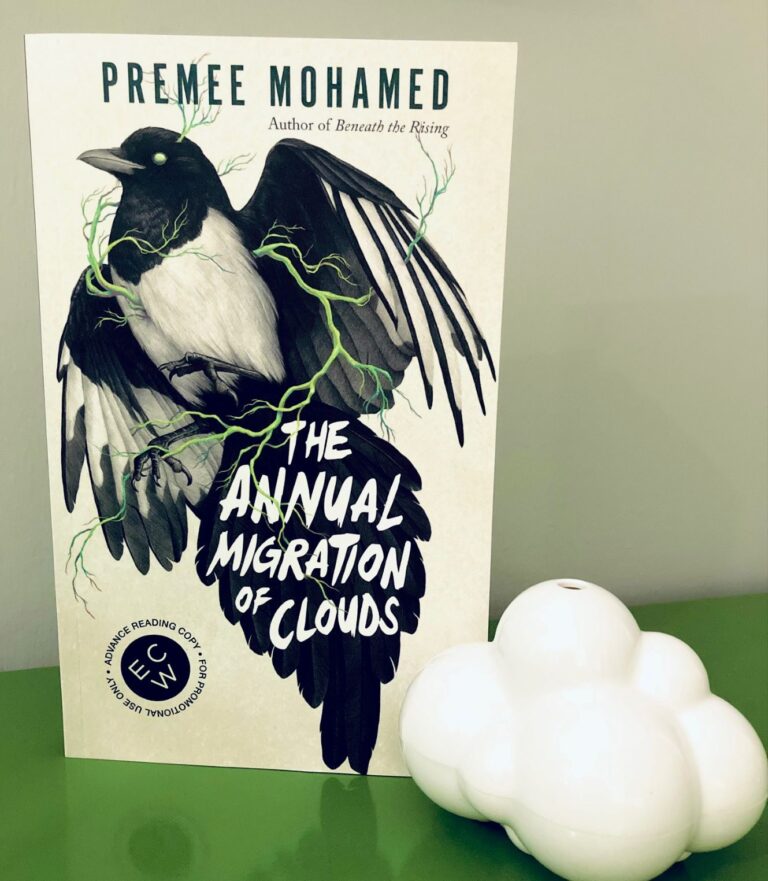
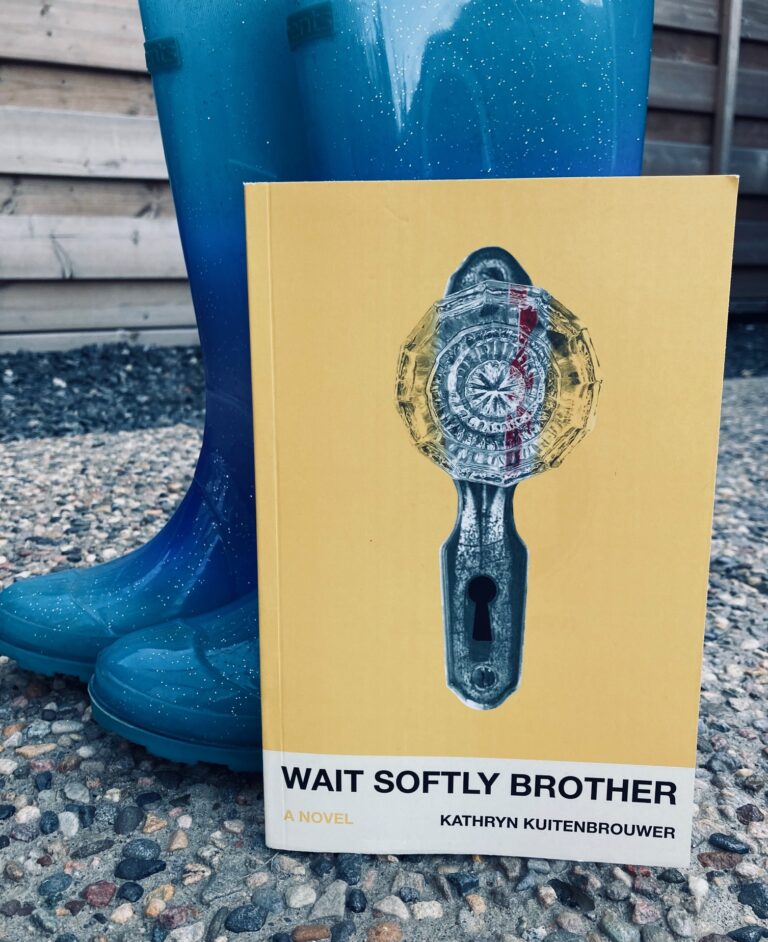

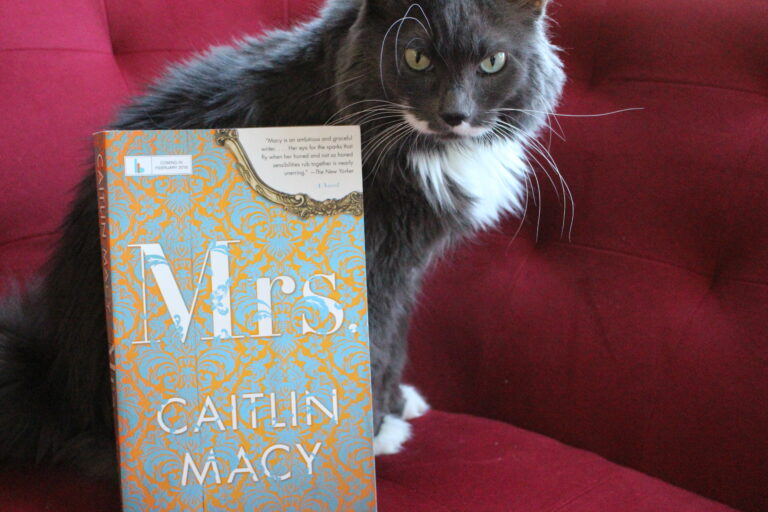
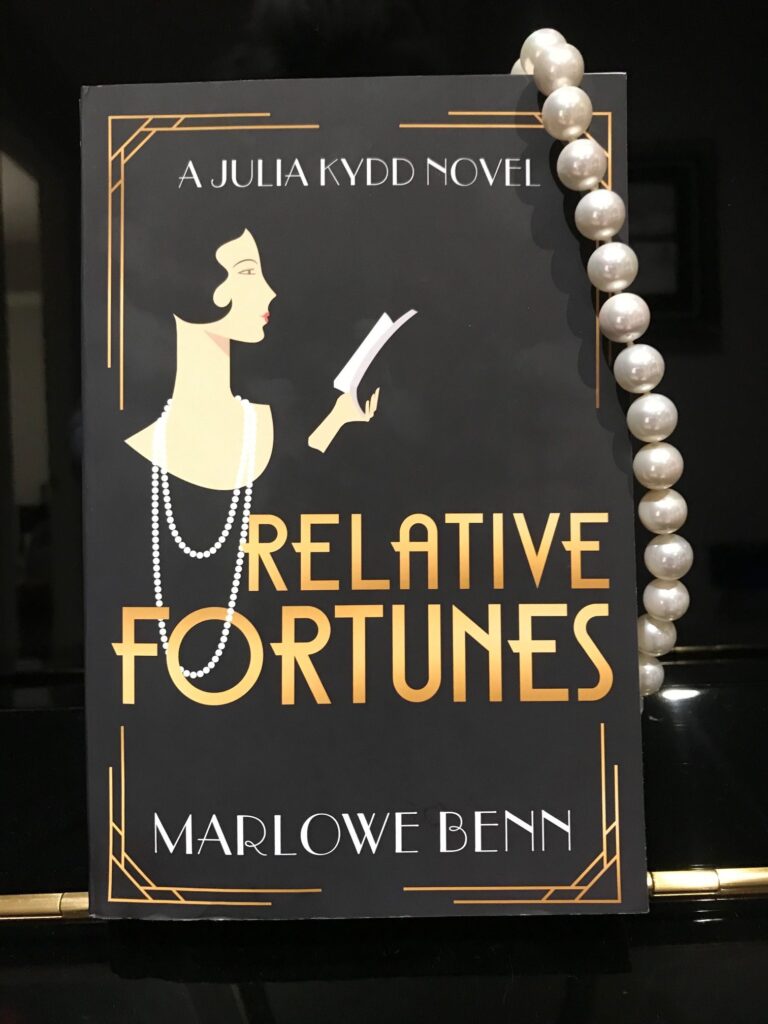
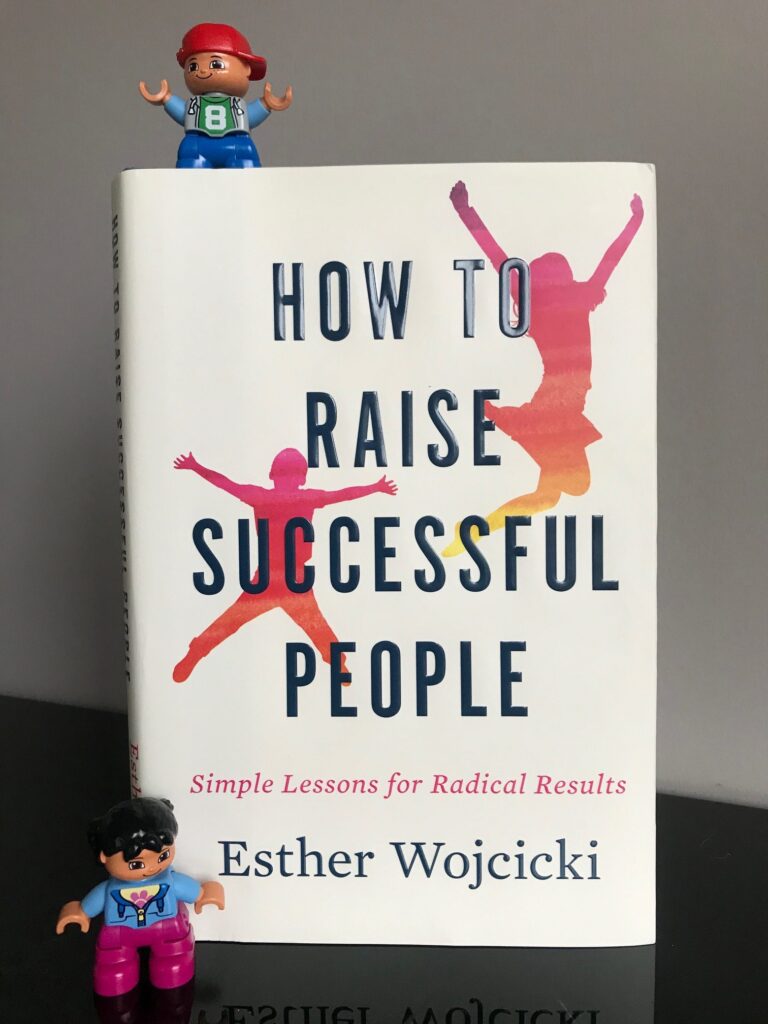
Yah I wouldn’t say this book is too heavy. It is definitely ‘different’ though. I read another book about Tarot cards a few years ago, I wonder if the one you read is the same, as I recall the covers being very similar. Maybe it’s a new publishing trend? haha
It seems like dual timelines tend to work better if there’s a thing that holds the two timelines in connection. For example, a painting in this book. Possession by author A.S. Byatt has writing/ journals that hold together two timelines. As I was reading your review, I did find it interesting that both timelines are from the perspective of women who aren’t even the heroes of their own stories. I think that might grate on me as I continued reading. Did you find it annoying to find the women driving the car and yet still in the backseat?
I did find it grating, but I think that might have been part of the author’s intention; these women constantly on the sidelines of these men, propping them up, being taken advantage of, etc.
I’ve heard many wonderful things about Possession – I’ll put it on my Goodreads TBR (which I hardly ever pay attention to, but really I should start…)